In the tapestry of human existence, what appears as chaos and division serves a profound spiritual purpose. This white paper explores how the apparent fragmentation of our collective consciousness is actually a sacred architectural design—a divine mechanism through which humanity evolves spiritually. Drawing from ancient wisdom traditions, psychological research, and modern consciousness studies, we examine how division creates the necessary tension for growth, how chaos serves as a catalyst for awakening, and how understanding these principles allows us to transcend illusion and embrace our role as conscious creators of reality.
Introduction: The Illusion of Separation
We live in an age of unprecedented division—political, social, cultural, and spiritual. Yet beneath this apparent chaos lies a profound truth that mystics and sages have understood for millennia: reality is one and indivisible. What mind infinitely divides for the purpose of analysis remains at all times a unified, integrated whole.
The division we witness is not evidence of fundamental brokenness but rather the sacred architecture of consciousness itself—a design that creates the necessary conditions for spiritual evolution and awakening. Like a master weaver who creates intricate patterns through the interplay of contrasting threads, the universe employs division and chaos as tools for consciousness expansion.

The Psychology of Division: Gustave Le Bon’s Insights
Gustave Le Bon’s seminal work “The Crowd: A Study of the Popular Mind” reveals how collective psychology operates through patterns of influence, suggestion, and mass consciousness. Le Bon observed that individuals, when part of a crowd, surrender their individual reasoning to collective impulses. However, from a spiritual perspective, this phenomenon serves a deeper purpose.
The crowd mind Le Bon described represents humanity’s unconscious desire to return to unity, yet it manifests as a lower octave of true collective consciousness. This creates what we might call “shadow unity”—a false collective state that ultimately serves to highlight the difference between unconscious conformity and conscious unity.
When we understand crowds as spiritual mirrors, we can recognize that the very mechanisms that create division also contain the seeds of transcendence. The chaos of mass consciousness becomes a teaching tool, showing us both what we are moving away from and what we are evolving toward.
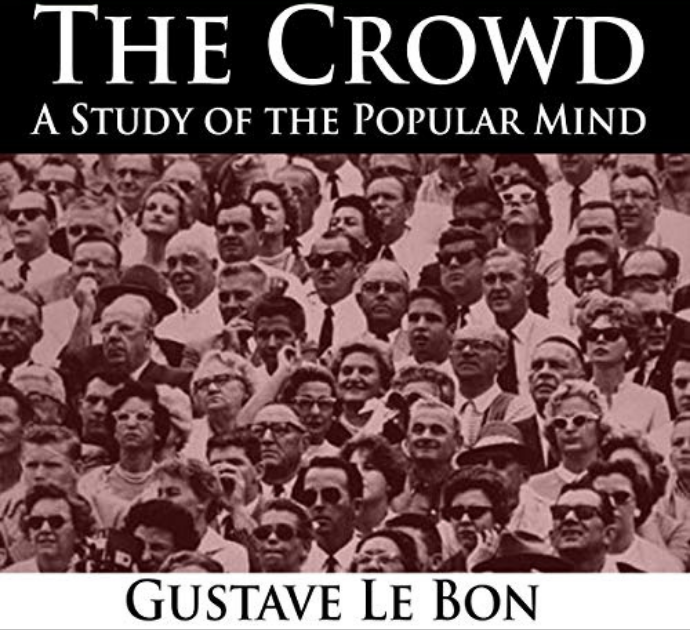
The Gene Keys: Evolutionary Codes for Consciousness
Richard Rudd’s Gene Keys system provides a profound framework for understanding how division serves evolution. The 7th Gene Key, moving from the Shadow of Division through the Gift of Guidance to the Siddhi of Virtue, reveals how humanity’s tendency toward separation ultimately leads to higher wisdom.
In the Shadow of Division (7th Gene Key), we experience the pain of separation—the feeling that we are cut off from source, from each other, from our true nature. This shadow creates the necessary friction for growth. Without the experience of division, consciousness would remain static, comfortable in its ignorance of its own vast potential.
The Gift of Guidance emerges as we begin to see through the illusion of separation. We recognize that division is not ultimate reality but a temporary state designed to catalyze growth. This recognition allows us to serve as bridges between different perspectives, helping others navigate the chaos with wisdom and compassion.
The Siddhi of Virtue represents the full flowering of consciousness—the recognition that all division was ultimately an illusion, and that true virtue lies in seeing the unity underlying all apparent diversity.
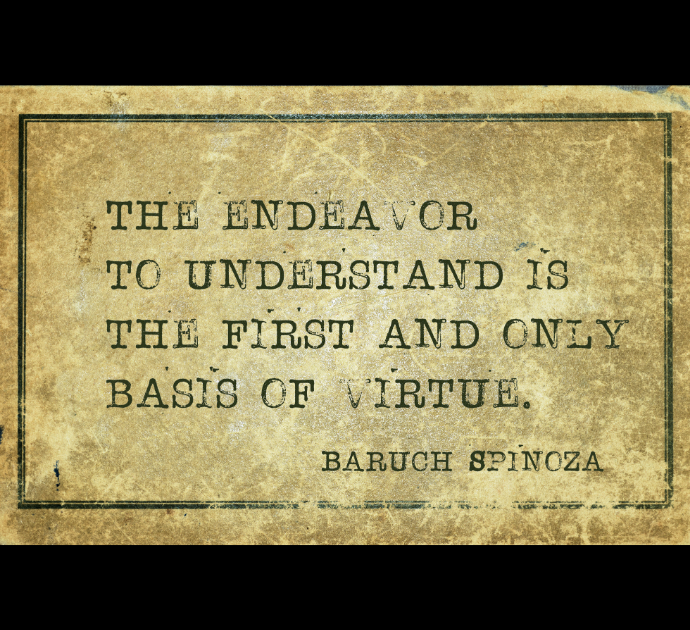
The 13th Gene Key, moving from the Shadow of Discord through the Gift of Discernment to the Siddhi of Empathy, further illuminates this process. Discord (the shadow) represents the chaos we experience when different elements of consciousness clash. Yet this very discord creates the conditions for developing true discernment—the ability to perceive the underlying patterns and purposes within apparent chaos.
The I Ching Hexagrams: Ancient Wisdom for Modern Times
The I Ching, humanity’s oldest book of wisdom, offers profound insights into the nature of division and unity through Hexagrams 7 and 13.
Hexagram 7: The Army (師)
This hexagram speaks to the organization that emerges from chaos. The image is of water beneath earth—hidden depths supporting visible structure. In the context of our discussion, Hexagram 7 reveals how apparent discord in human affairs serves to organize consciousness into higher forms.
The Army hexagram teaches that true leadership emerges not from domination but from understanding the deeper currents that move beneath surface appearances. The wise leader recognizes that division creates the opportunity for conscious organization—the conscious choice to create unity from diversity.
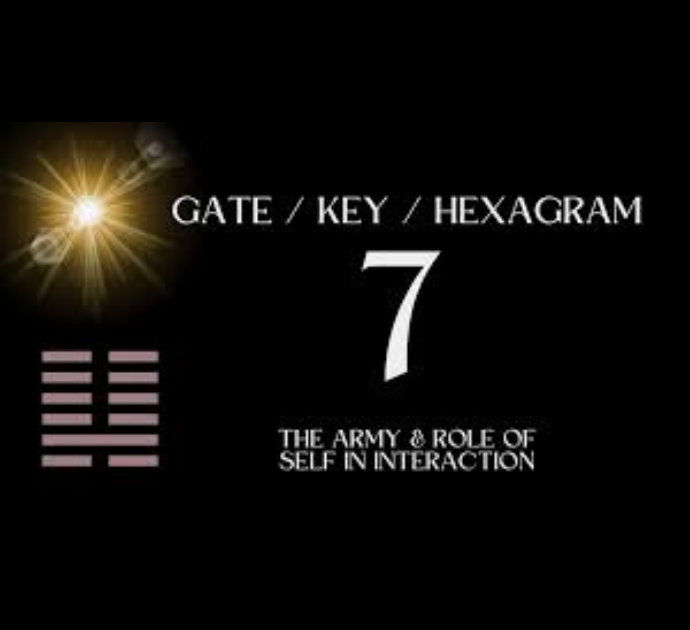
Hexagram 13: Fellowship with Others (同人)
This hexagram, composed of fire above heaven, represents the natural tendency of consciousness to seek unity with itself. The image is of fire rising toward heaven—the eternal aspiration of consciousness to return to its source while maintaining its individual expression.
Fellowship with Others teaches that true unity cannot be forced but must emerge organically from the recognition of shared essence. The chaos and division we experience serve to clarify what true fellowship means—not the surrender of individuality but the conscious cooperation of unique expressions of the same fundamental consciousness.
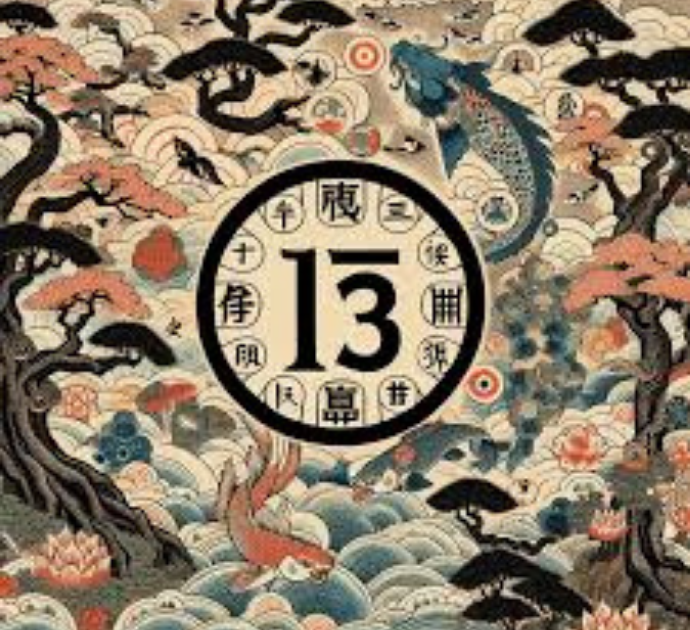
Human Design Gates: The Mechanics of Consciousness
Ra Uru Hu’s Human Design system, with its 64 gates corresponding to the I Ching hexagrams, provides a mechanical understanding of how consciousness operates through apparent division. Each gate represents a specific aspect of consciousness, and the interplay between gates creates the complex patterns we experience as human life.
The beauty of the Human Design system lies in its recognition that what appears as limitation or division is actually the precise mechanism through which consciousness expresses itself. Each person’s unique design—their specific combination of defined and undefined centers—creates both their individual genius and their connection to the collective.
This understanding transforms our relationship with division. Instead of seeing differences as problems to be solved, we recognize them as the very mechanism through which consciousness explores its own infinite potential.
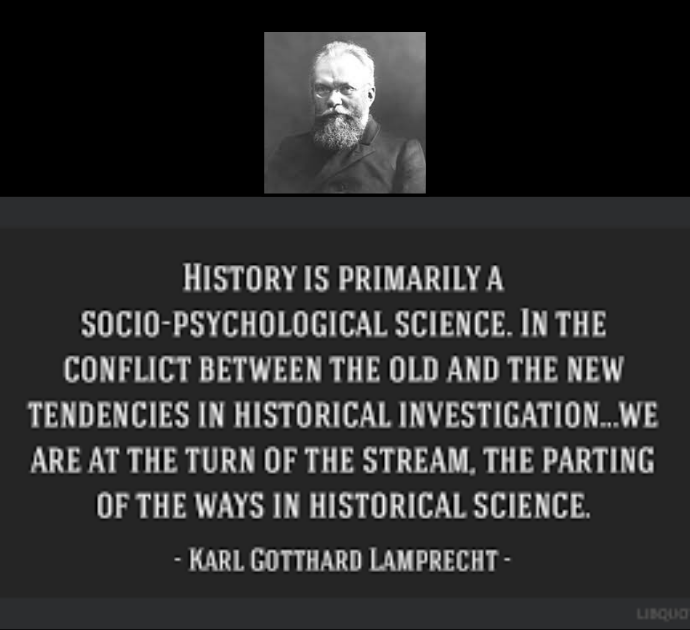
The Historical Unity of Human Consciousness
Historian Karl Gotthard Lamprecht and the Indian philosopher Sri Aurobindo both describe a symbolic stage of psychological development in which man felt a great Reality behind all life which he sought through symbols and symbolic thinking which pervaded primitive society’s thought, customs and institutions.
Archaeological and anthropological evidence suggests that early human societies operated from a fundamentally unified worldview. Durkheim’s collective consciousness captures the conscious agreements that make societal cohesion possible — the realm of shared traditions, laws, and cultural norms. This ancient unity was not the result of ignorance but of a different mode of consciousness—one that directly perceived the interconnectedness of all life.
The fragmentation we experience today represents a necessary phase in human evolution. Like a seed that must break open to sprout, human consciousness had to fragment in order to develop the complexity necessary for its next evolutionary leap.
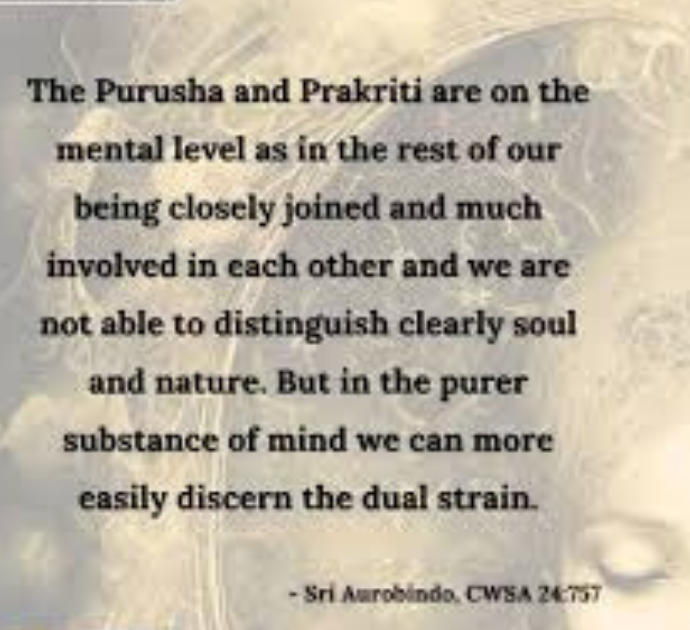
The Sacred Purpose of Chaos
Chaos, from a spiritual perspective, is not random disorder but the creative force that breaks apart crystallized structures to allow new forms to emerge. In the context of human consciousness, chaos serves several sacred purposes:
- Breaking Attachment: Chaos forces us to release our grip on fixed identities and beliefs, creating space for new understanding to emerge.
- Accelerating Evolution: Stable systems tend toward stagnation. Chaos introduces the instability necessary for rapid evolution.
- Revealing Truth: When external structures collapse, we are forced to find the unchanging truth within ourselves.
- Catalyzing Compassion: Shared struggle creates bonds of empathy that transcend artificial divisions.
- Awakening Creativity: Chaos demands creative responses, activating dormant potentials within consciousness.
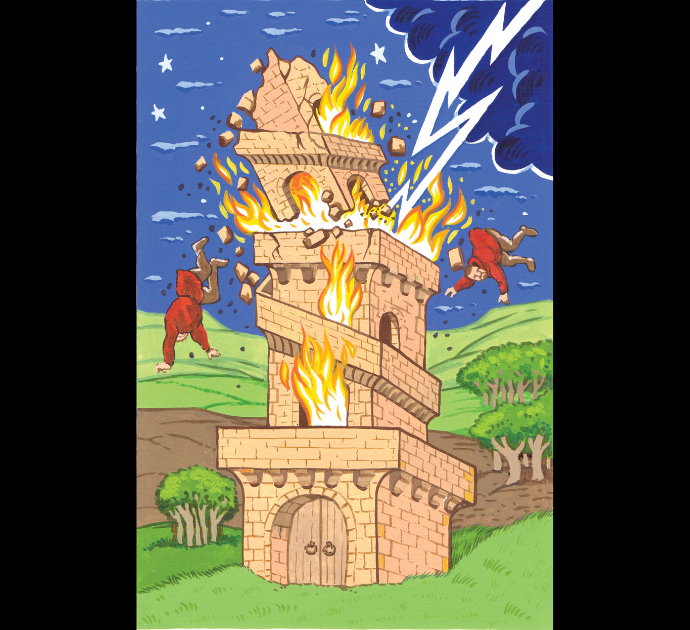
Seeing Through the Illusion: Practical Guidelines
Understanding the sacred purpose of division and chaos is the first step toward transcending them. Here are practical ways to see through the illusions created by apparent separation:
1. Recognize the Observer
Behind all experience of division is an unchanging awareness that observes but is not touched by what it observes. By identifying with this observer rather than with the mental and emotional reactions to division, we maintain our center regardless of external chaos.
2. Practice Paradoxical Thinking
Division and unity are not opposites but complementary aspects of the same reality. Practice holding seemingly contradictory truths simultaneously, recognizing that reality is vast enough to contain all perspectives.
3. Cultivate Discernment
Develop the ability to distinguish between what is eternally true and what is temporarily appearing. This discernment allows us to navigate chaos without being overwhelmed by it.
4. Embrace the Sacred Witness
Approach both division and unity as sacred phenomena worthy of deep respect and study. This perspective transforms even difficult experiences into opportunities for spiritual growth.
5. Seek the Pattern
Behind apparent chaos lies a deeper pattern. Train yourself to perceive the underlying order within disorder, the hidden purpose within apparent meaninglessness.
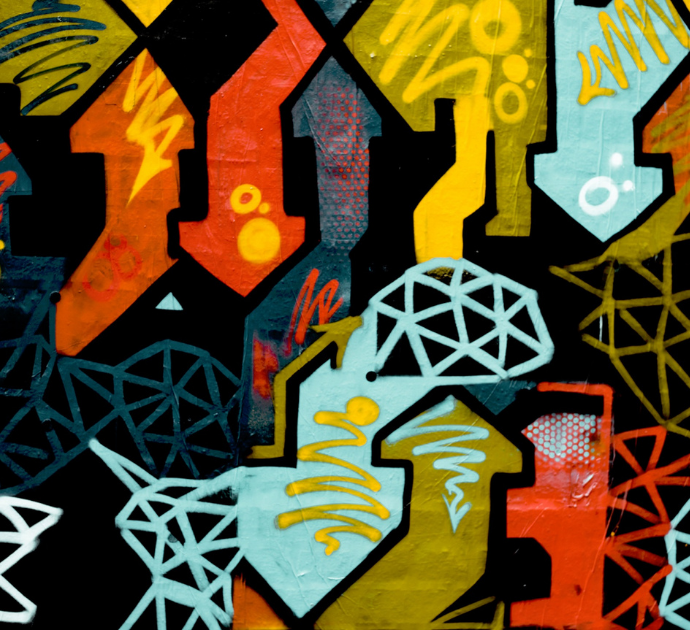
Emotional Sovereignty in Times of Division
Maintaining emotional sovereignty—the ability to choose our responses rather than being reactive—is crucial for navigating the current era of division. This sovereignty is not about suppressing emotions but about understanding their true nature and purpose.
Understanding Emotional Alchemy
Every emotion contains information about our relationship to reality. Fear points to areas where we feel separate from source. Anger reveals where we perceive injustice or violation of our values. Sadness shows us what we are ready to release. Joy indicates alignment with our true nature.
By approaching emotions as alchemical substances rather than as fixed states, we can transform even the most challenging feelings into wisdom and compassion.
The Practice of Conscious Response
Between stimulus and response lies a sacred space—the space of conscious choice. Cultivating this space requires:
- Pause: Before reacting, take a conscious breath and create space between the trigger and your response.
- Perspective: Ask yourself, “What would I love do in this situation?”
- Purpose: Consider how your response can serve the highest good of all involved.
- Presence: Stay grounded in your body and connected to your breath.
Creating from Consciousness
When we maintain our center amidst chaos, we become conscious creators rather than unconscious reactors. This shift in identity transforms our entire relationship with reality. Instead of being victims of circumstance, we become artists of consciousness, using even challenging circumstances as raw material for creating beauty, meaning, and positive change.
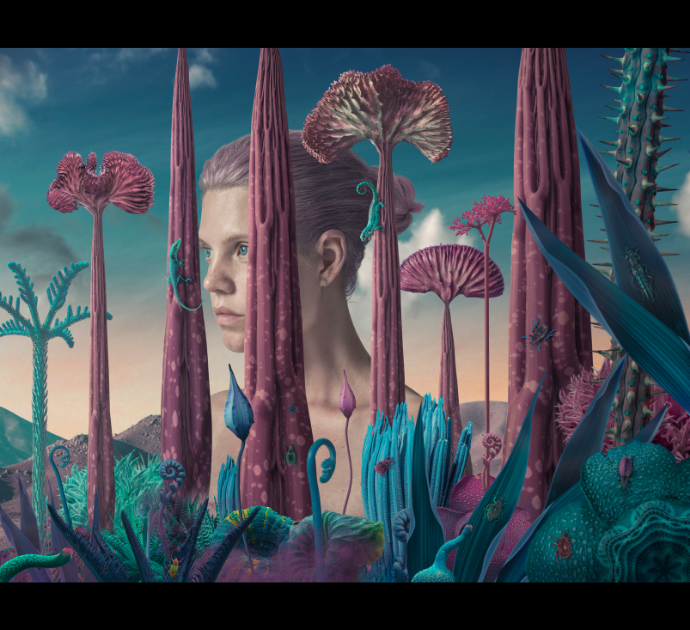
The Bigger Picture: Where Division is Leading
The current era of division is not a sign of human failure but of approaching transformation. Like a chrysalis that must dissolve before the butterfly can emerge, human consciousness is in a state of sacred dissolution that precedes a new form of collective awakening.
The Emergence of Conscious Unity
The unity that is emerging differs fundamentally from the unconscious unity of the past. This new unity honors individual uniqueness while recognizing the underlying oneness that connects all life. It is not the uniformity of the crowd but the harmony of a conscious collective.
The Role of Awakened Individuals: The Modern Mystics
Those who understand the sacred purpose of division become bridges between the old consciousness and the new. In our current era, these awakened souls manifest as the modern witches, wizards, priestesses, seers, wise men and women, shamans, magical practitioners, alchemists, and keepers of ancient wisdom who walk among us today. They are the herbalists who understand the healing power of plants, the tarot readers who illuminate the hidden currents of consciousness, the energy workers who perceive the subtle realms, the astrologers who read the cosmic patterns, and the ceremonial leaders who create sacred space for transformation.
These contemporary mystics serve as stabilizing forces during times of chaos, not through dogmatic teaching but through embodied wisdom. They help others navigate the transition with grace and wisdom by holding space for both the dying of the old ways and the birthing of the new. Their covens, circles, healing practices, and sacred gatherings become sanctuaries where the ancient arts of consciousness transformation are preserved and adapted for modern souls.
The witch who works with lunar cycles, the shaman who journeys between worlds, the alchemist who transmutes base consciousness into spiritual gold—these are not relics of a bygone age but evolutionary agents of the present moment. They carry within their practices the blueprint for conscious unity, demonstrating through their craft that magic is simply consciousness operating with full awareness of its creative power.
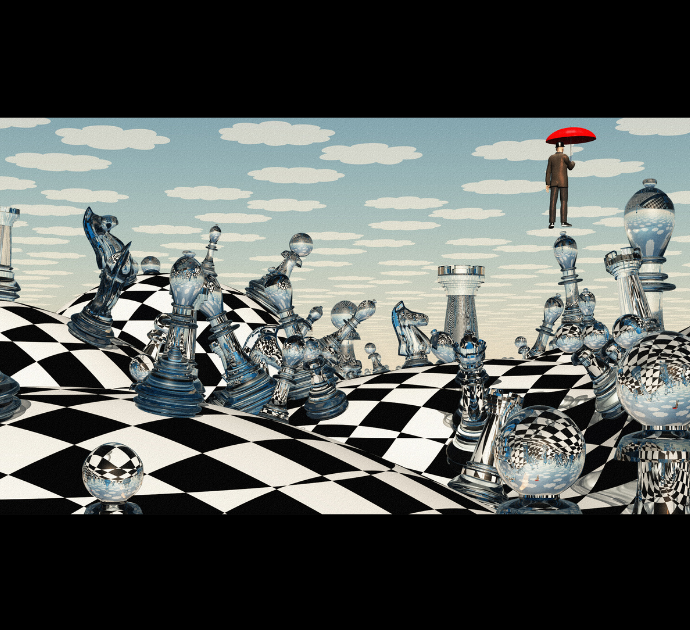
The Planetary Awakening
The Global Coherence Initiative (GCI) is a multifaceted, international research endeavor investigating the interactions and interconnectivity between human consciousness and Earth’s magnetic and energetic field environment. This initiative aims to advance scientific understanding of collective consciousness and promote global harmony.
Scientific research increasingly supports what mystics have long known: human consciousness is interconnected with planetary consciousness. The chaos we experience individually and collectively is part of a larger awakening process involving not just humanity but the Earth itself.
Conclusion: Embracing the Sacred Journey
The division and chaos we witness today are not evidence of spiritual failure but of spiritual success. They represent the necessary conditions for humanity’s next evolutionary leap—the conscious recognition of our unity while maintaining our beautiful diversity.
By understanding the sacred architecture of division, we can participate consciously in this great transformation. We can choose to see through the illusions of separation while honoring the experiences that have brought us to this point of readiness.
The path forward requires both individual awakening and collective healing. As we each claim our sovereignty as conscious creators, we contribute to the emergence of a new form of human civilization—one based not on the unconscious unity of the past or the chaotic division of the present, but on the conscious unity of an awakened humanity.
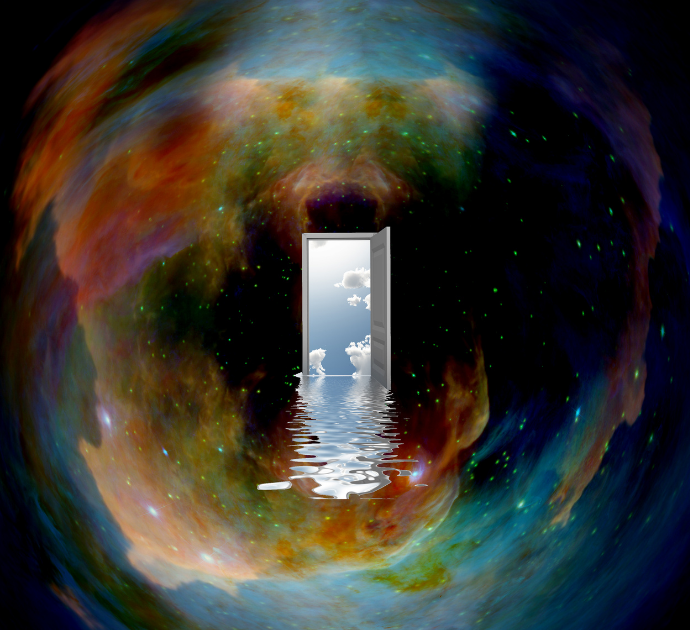
In this sacred journey, every challenge becomes an opportunity, every division becomes a doorway to deeper understanding, and every moment of chaos becomes a chance to choose love over fear, unity over separation, and consciousness over unconsciousness.
The age of division is ending. The age of conscious unity is beginning. And we are the bridge between these two worlds—the conscious creators of humanity’s next chapter.
This white paper represents a synthesis of ancient wisdom and modern understanding, offering a framework for navigating the current era of transformation with grace, wisdom, and conscious purpose. May it serve as a beacon of light for all who seek to understand the deeper meaning of our times and their role in the great awakening of human consciousness.
High Priestess Agape Covens
References and Further Study
- Le Bon, Gustave. “The Crowd: A Study of the Popular Mind”
- Rudd, Richard. “The Gene Keys: Embracing Your Higher Purpose”
- Ra Uru Hu. “The Human Design System”
- Wilhelm, Richard (Trans.). “The I Ching or Book of Changes”
- Jung, Carl Gustav. “The Collective Unconscious”
- Aurobindo, Sri. “The Life Divine”
- Cadmus Journal research on consciousness and civilization
- HeartMath Institute’s Global Coherence Initiative
- Meridian University’s research on collective consciousness
